These jobs might be completed by anyone or unique to the composer. The most well known and useful functions are the operations -- addition, subtraction, multiplication, division, square root, absolute value (absolute value is a composition). Next most useful are the compositions which are coded by a formula -- area, perimeter, volume, distance, and so on.
Please visit the Math Functions Page now so you will understand the vocabulary and examples explained below. You might wish to keep the page open for reference.
Some Functions that Use One Value- |x| the Absolute Value or distance from 0.
-
 (x), the
Square Root undoes the
Squaring Function, x².
(x), the
Square Root undoes the
Squaring Function, x². - Log.
- Perimeter of a Square Rectangle
- Area of a Square Rectangle
- Perimeter of a Circle -- Circumference
- Area of a Circle.
- Raise to a Power
- Perimeter of a Rectangle
- Area of a Rectangle or Parallelogram
- Diagonal of a Rectangle
- Distance between 2 points on a line.
- Hypotenuse of a Right Triangle
- Area of a Triangle
- Volume of a Cylinder
- Volume of a Cone
- Distance between 2 points on a plane
- Distance between 2 points in space
- Area of a Trapezoid
- Volume of a Rectangular Prism
- Volume of a Rectangular Pyramid
The name of the function identifies the kind of job the function peforms. Some functions are used by the general public and some are used by those in mathematics, science, and engineering.
The functions above have been sorted by the number of arguments required before the function can be evaluated and the work on the specific values completed.
For example, the notation P(L, W) = 2(L) + 2(W), says, to compute the perimeter (of a rectangle), take twice the length and twice the width and add these values. The arguments are the length and width. It took two multiplications and an addition to complete the function. This function, as many others, is built or composed using other functions, here, the multiplications and addition.
The notation V(l,w, h)= lwh, says, to compute the volume of a rectangular box multiply the length, the width, and the height.
Normally these functions have constants as arguments. Sometimes, however, functions have other functions as arguments. More on that below.


 (x), the
(x), the
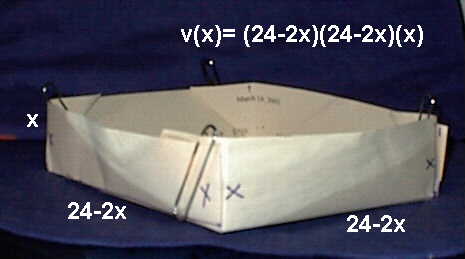
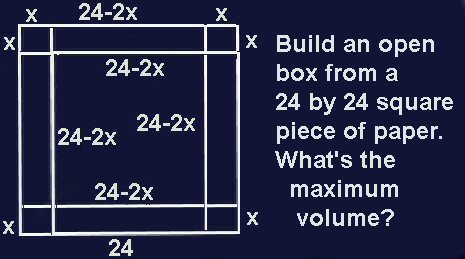

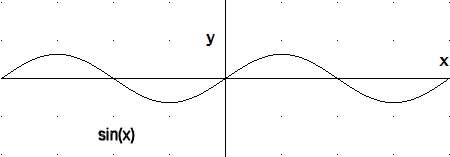
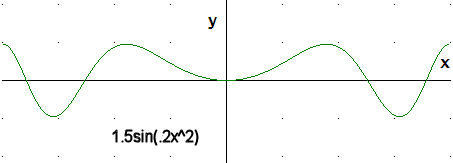
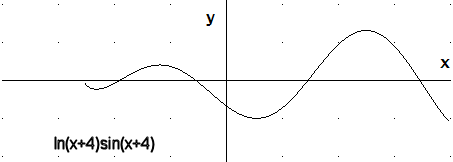

 parabola, zero at -2, "shifts left 2"
parabola, zero at -2, "shifts left 2"  parabola, zero at 0, "shifts up 2"
parabola, zero at 0, "shifts up 2" 
![[MC,i. Home]](http://www.mathnstuff.com/math/spoken/here/1gif/mcihome.gif)
![[Words]](http://www.mathnstuff.com/math/spoken/here/1gif/words.gif)

![[this semester's schedule w/links]](http://www.mathnstuff.com/gif/semestr.gif)
![[Good Stuff -- free & valuable resources]](http://www.mathnstuff.com/gif/goods.gif)